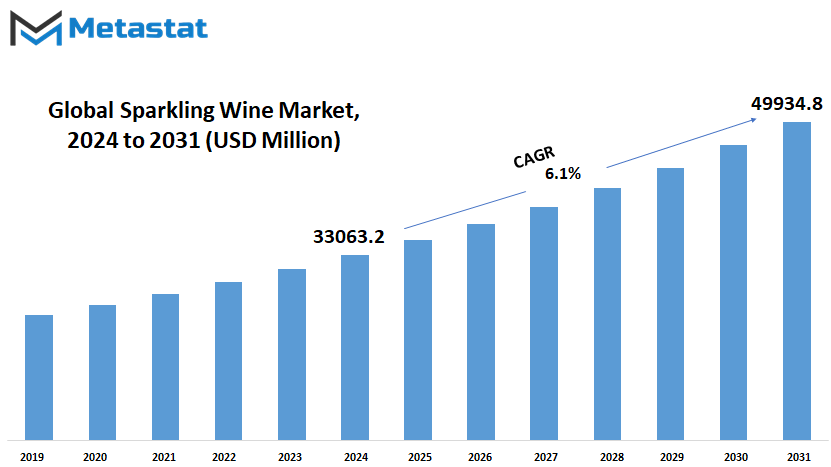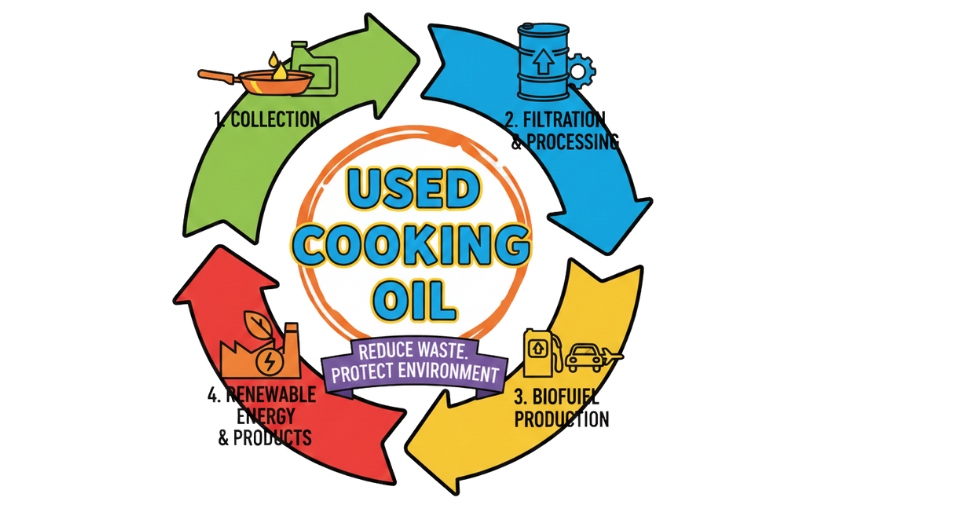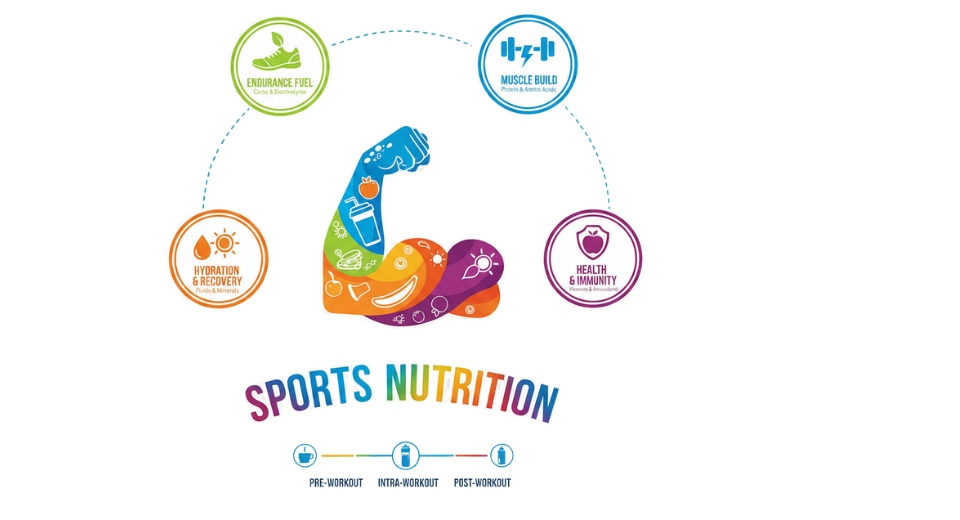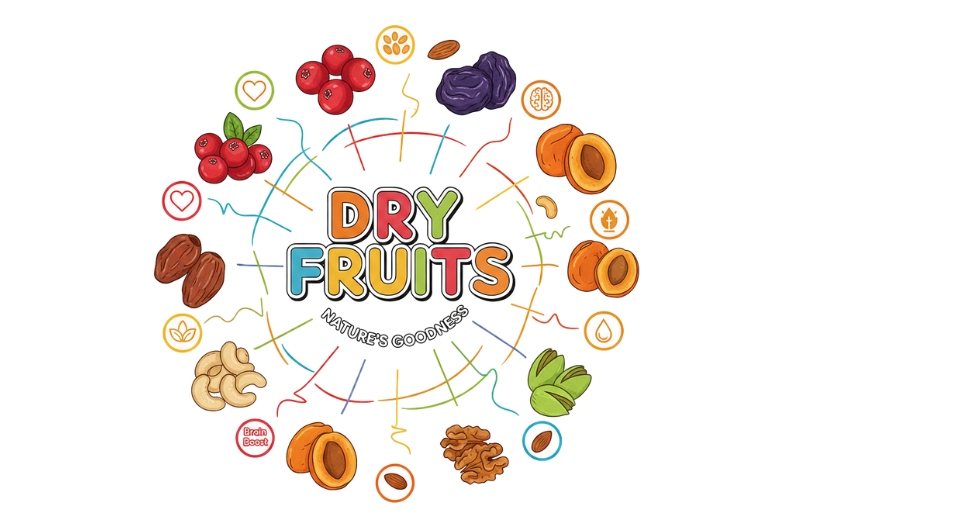MARKET OVERVIEW
This is a sector in motion within the bigger wine market in the Global Sparkling Wine market. Commonly known as effervescent with celebratory connotations, this is yet another wine area that has a distinctive place in the landscape of the wine industry. Production and consumption patterns in the sparkling wine reflect global tastes and preferences, thus having a great role in economic activities and cultural meaning across the globe.
Natural carbonation comes from the secondary fermentation process in the production of sparkling wine. It is away from still wines. Traditionally, Chardonnay, Pinot Noir, and Pinot Meunier grapes are used in countries like France's Champagne and Italy's Prosecco and Cava in Spain. These regions not only lead the way in style and quality but also pose as market trendsetters around the world.
Since the Global Sparkling Wine market varied with different consumer preferences and consumption behaviors, consumers sought sparkling wines for purposes other than just celebration. Today, sparkling wine is consumed primarily with meals, which in turn impacts innovations in packaging, especially single-serve bottles and cans, that accommodate modern lifestyles and improve accessibility.
Technological developments in viticulture and winemaking also contribute to the reason why the industry has progressed in such a way. Improvements in vineyard management, fermentation technique, and green practices increase productivity efficiency and consistency in quality. Inputs on distribution and logistic elements help improve overall market penetration into a global marketplace, allowing sparkling wines to penetrate diverse consumer demographics.
Global Sparkling Wine dynamics work on the increasing economic instability and regional regulatory change. Trading participants will for these factors with changed consumer preference as well as competitive forces. Brand and product differentiation through unique flavors, brand creativity as well as the capacity to individualize any given story is key in shaping market position and consumer loyalty.
As consumers grow increasingly worried about health and wellness trends, the Global Sparkling Wine market reacts with products that speak to natural ingredients and lower alcohol content. This dovetails with larger social shifts toward mindful consumption and sustainability in influencing product innovation and marketing strategies.
The Global Sparkling Wine market has emerged as an extremely vibrant area of the global beverage industry, and there is a need for an analysis of its unique methods of production, diverse consumer base, and changing market dynamics. Embracing change, adapting to consumer preferences, and innovation for becoming the origin of the evolved world wine market scenario makes it extremely important that the industry continues to do all this.
Global Sparkling Wine market is estimated to reach $49934.8 Million by 2031; growing at a CAGR of 6.1% from 2024 to 2031.

GROWTH FACTOR
The Global Sparkling Wine market would continue to grow and innovate in the future. With an increase in the disposable incomes of the population and the changes in culinary habits of consumers, the emerging markets in Asia-Pacific and Latin American countries would be the source of significant untapped growth opportunities. It is also expected that there will be further diversification of the offers of products, thus bringing more competition in the market, mainly due to technological advancements concerning the methods of wine production and packaging.
This market, thus, is expected to grow in the coming years. Consumer preferences for celebratory beverages and a change in lifestyle are major drivers of the market. With more consumers looking for premium and sparkling options for different occasions, the demand for Sparkling Wine will steadily increase.
However, rigid controls over alcohol manufacture and sale in those areas would affect market growth. Economic vagaries and changes in disposable incomes, etc. might indirectly influence consumer spending on luxury drinks like Sparkling Wine.
Technological advancements and the innovativeness of winemaking will be key to market direction in years to come. Improved production methods and responsible practices will satisfy the insatiable demand and, in the same breath, ease environmental pressure. Changes in consumer preferences regarding healthy and organic options will drive innovation in Sparkling Wine product lines-low-sugar and organic at the forefront.
The same would also imply developing more distribution networks and marketing campaigns, creating chances for growth in the market along with additional value. The emergence of e-commerce, direct-to-consumer channels will also allow Sparkling Wine manufacturers to realize easier access to a larger market across the globe. Strategic alliances, mergers will strengthen both the market as well as brand portfolios.
There are regulatory hurdles and an economic slump, but there are also technological advances; changes in consumer preferences; and reaching more markets through novel means of marketing that spur growth for the Sparkling Wine market. Thus, its future in the global market seems promising with innovation and sustainability as drivers, combined with strategies that push for diverse consumption and demand worldwide.
MARKET SEGMENTATION
By Product
Sparkling wine market, segmented by product as Prosecco, Cava, Crémant, Champagne, Lambrusco, Franciacorta, Sekt, and others is expected to grow at a significant rate in the future. Sparkling wine, popular for its effervescence and celebratory association, remains to be one of the favorites among consumers all over the world.
Its fruity flavors and ease of approach lead one to believe that Prosecco will be hugely consumed, driven by its appeal to the younger target market that craves affordable luxury. Cava should see stable demand mainly in emerging markets, as Mediterranean cuisine is spreading across the world.
Crémant has a lot of elegance and regional diversity. It will represent an attractive choice to sophisticated consumers who will appreciate the artisanal craft. Champagne will remain, of course, the symbol for luxury and prestige at the high end of the scale, supported in the main by increasing affluence world-wide and indulgence for special occasions.
Lambrusco, with the lively red and rosé variations from Italy, is likely to appeal to a niche market seeking to pair it with numerous cuisines. Franciacorta, Italy's answer to Champagne, will likely be bolstered by consumer appreciation growing for Italian sparkling wines known for their careful production methods.
Bubbly wine, worth its invaluable diversity of styles, from dry to sweet, that could grow in volume as German viticulture and quality wine production is becoming more and more interesting for consumers, especially for german sparkling wine producers. Regional specialties and blended sparkling varieties newly developed for regional market are also found to be increasingly important sources of differentiated consumer options and market segmentation expansion.
Technological changes in viticulture and winemaking along with differences in consumer demand for premium as well as organic products will keep setting this landscape going forward. Adding sustainable practices and digital technologies to the process of production and distribution will further improve access as well as the 'eco-credentials' of this market.
By Price
Global: Sparkling wine market, globally, would see rapid growth over the next couple of years and the segment would be divisible into two heads-Luxury and Affordable, based on price. This classifies into a changing consumer behavior in the wine sector shaped by the dynamics of sentiments on the economic front.
Luxury Sparkling Wines are ultra-premium and of the highest class, appealing to deep pockets who are willing to pay for superior taste and brand prestige. Such wines typically hail from places of such prestige as France's Champagne, where practices adhere strictly to time-honored approaches and more to quality criteria to ensure that drinking luxury would not be a compromise but an experience in itself. As disposable incomes continue to rise and an increasing appetite for luxury follows, the luxury market in high-end Sparkling Wines will find robust expansion.
On the other hand, Affordable Sparkling wines have an easier entry in the market for a great degree of more consumers who would want to ensure they have quality at a good price. Currently, there are wines produced through vast wine-producing regions around the world. These can be created through modern techniques hence retaining uniformity and attractiveness. Due to their affordability, they tend to be commonly consumed in social drinking, parties, and daily consumption thus sending the demand levels upwards.
By Type
Demand for Sparkling Wine is likely to grow in coming years as the demand for celebration drinks as well as due to rapidly changing taste habits among consumers intensifies. Of the three major categories of Sparkling Wine - The Red, White, and Rose-from Sparkling Wine-the demand is growing everywhere in the world.
The market for Sparkling Wine would likely rise in the near future as a result of demands for a more diversified and refined alcoholic beverage. This seems even more so in emerging markets where economic growth in increased disposable income propels demand for premium products. Red, White, and Rose are some types of Sparkling Wine which satisfy the different tastes of consumers; hence, offer a large array of choices according to occasion and preference.
Technology changes in wine production and distribution will propel the market. Improved grape cultivation technologies, fermentation processes, and packaging technologies will generate Sparkling Wines that are of a more improved quality and are more accessible throughout the world. Lastly, the shifting nature of consumers and natures of consumers, such as higher demands for sustainability in viticulture and winemaking, will influence purchases, with consumers wanting greener Sparkling Wines.
Market dynamics such as changed lifestyles and preferences of consumers and increased tourism and hospitality sectors globally will further propel the market forward. Association of celebrations and social gathering events with sparkling wine shall continue to proliferate its popularity and become a standard in festivities and special occasion celebrations globally.
By Distribution Channel
The global Sparkling Wine market is set to grow phenomenally with changing consumer preferences and strengthening the distribution channels. As such, Distribution Channel has been segmented into Supermarkets/Hypermarkets, Specialty Stores, Online Retail, and Others. Every one of them has played an important role in influencing access and consumption by a consumer.
Supermarkets and hypermarkets are expected to remain market leaders in the Sparkling Wine market through their extended distribution network and better access for the target consumer. These large retailers provide an exhaustive portfolio of brand and products under one roof, allowing easy access to consumers for navigating various brands side-by-side. Moreover, their promotional campaigns and shelf point-of-sale also become considerations for consumers in their decision making, thereby driving market consumption.
The specialty stores, selective and very knowledgeable about wine, continue to serve the most discerning consumer looking for premium and niche Sparkling Wine offerings. It is quality and personalized service against this backdrop of uniqueness that attracts connoisseurs and enthusiasts interested in unique offerings and expert recommendations.
Against a strong building trend for e-commerce and digitalization, the Online Retail segment is rapidly expanding. More and more consumers prefer Sparkling Wine to browse and purchase products from quick delivery services and user-friendly platforms. Access to a wider range of brands and price points is another channel that further enhances consumer choice and convenience. Other accommodations include duty-free shops, convenience stores, direct from the winery, and more, targeted at various consumer segments and occasions to give a choice away from conventional routes.
Looking forward, all aspects of the distribution area of the Sparkling Wine market will experience strong growth due to global economic recovery, increasing disposable incomes, and evolving social trends. Innovations related to packaging, sustainability practices, and marketing strategies will further drive market expansion based on converging consumer expectations and preferences.
The Sparkling Wine global market is spread across dynamic channels: generation of growth, consumer attention, and consequent sales. The development of these channels with respect to the advancement of technologies and consumer insights will be critical for brands to latch onto new opportunities and sustain growth within the competitive landscape.
.
|
Report Coverage |
Details |
|
Forecast Period |
2024-2031 |
|
Market Size in 2024 |
$33063.2 Million |
|
Market Size by 2031 |
$49934.8 Million |
|
Growth Rate from 2024 to 2031 |
6.1% |
|
Base Year |
2022 |
|
Regions Covered |
North America, Europe, Asia-Pacific Green, South America, Middle East & Africa |
REGIONAL ANALYSIS
The global market for sparkling wine is differently developed and trends in different regions. The North American area of the U.S., Canada, and Mexico account for a significant portion of the market. Due to changes in consumer preferences for premium and authentic experiences, consumption of sparkling wine in this region is also likely to increase. Premium sparkling wine has, thus been in growing demand by the United States primarily among the younger consumers who target luxury and celebratory experiences. The trend is probably going to continue as demand begins to rise in Canada and Mexico, thus increasing its performance within the region, as middle-class consumers look for better-quality sparkling wine.
Europe remains a large player in the global market for sparkling wines, considering the strong wine culture. Producers and consumers: Countries like France, Italy, and Germany feature most at the top. The well-established tradition of sparkling wine in Europe will provide it a strong foundation; further growth will depend on innovation in techniques of production and changing tastes of the consumer. Sustainability will prove the way for many European producers in the adoption of eco-friendly practices, which will attract more environmentally conscious consumers. Maybe with time, other trends such as organic and biodynamic sparkling wines will take the center stage; however, that is only going to put Europe in an even more prominent position for this product.
The Asia-Pacific region grows extremely fast for sparkling wine. China, Japan, and South Korea are reaching a level of sophistication in wine consumption, where sparkling wines are taking off, especially among the younger generations and even the well-off ones. Other important drivers for this purpose are the urban population and exposure to Western lifestyles in these countries. As the economic development continues, the sparkling wine market for Asia-Pacific is expected to look bright into the future and would thus begin to be more open to trying different wines, particularly sparkling wines.
South America, with Brazil and Argentina, among others, forms yet another potential avenue for the world market. Demand for sparkling wine will increase in the emerging markets of the wine production and consumption countries in Eastern Europe. The market in the Middle East and Africa is at an extremely early stage and regions such as the GCC countries and South Africa are coming to the spotlight. As disposable incomes rise in cities and while social and cultural values change, sparkling wine could be in a good position to do even better in those regions as the international market expands even more.

COMPETITIVE PLAYERS
The Global Sparkling Wine market holds much promise for the future, as the product is driven by changing consumer preferences and premium products. What has traditionally been considered a celebratory drink is now being devoured regularly by many consumers across the globe. This shift in consumption patterns is affecting the major players and new entrants into this industry and is forcing them to come up with innovations and expand.
Acclaim Wines Australia Limited, Bacardi & Company Limited, Bouvet Ladubay, and Bronco Wine Company are some of the prominent players in the Global Sparkling Wine market. They continuously update the entire process of production in view of changing consumer demand. Along with a product line expansion, there is also sustainability along with environmental responsibility. As the consumers start to care more about the impact of their consumption, it means that eco-friendly brands will gain in loyalty and market share.
The changing marketplace continues with adding more online retail and digital marketing. More selections of sparkling wines are now reachable to greater numbers of customers regardless of their location. Moët & Chandon, Veuve Clicquot, and Taittinger Champagne are making their products more accessible through the channel of e-commerce platforms in order to get themselves a global market which craves convenience without sacrificing quality. As the world becomes increasingly digitally connected, markets that were hitherto considered off-limits will begin to reckon for demand from the Global Sparkling Wine market.
In addition to the players who portray the traditional brands, this industry also includes other, smaller artisanal producers, like Illinois Sparkling Co. and Schramsberg Vineyards, that pick up support due to its strong uniqueness and dedication to craft. These often produce very low quantities of sparkling wines while focusing on another niche group of connoisseurs to get high prices for exclusivity and quality.
Looking ahead, for example, the global sparkling wine market will be positively impacted by higher disposable incomes in developing regions. When most people qualify as part of the middle class, their buying power will grow accordingly, and people will be able to upgrade their purchases by shifting upmarket and making higher-end purchases, such as sparkling wines. This could create opportunities for companies like CHANDON Wine, Casella Family Brands, and others to reach more of the emerging markets. Indeed, the future of the Global Sparkling Wine market is bright and rosy since companies of all sizes strive for innovation, open markets to new consumers, and capture that exact balance between tradition and modernity.
Sparkling Wine Market Key Segments:
By Product
- Prosecco
- Cava
- Crémant
- Champagne
- Lambrusco
- Franciacorta
- Sekt
- Others
By Price
- Luxury
- Affordable
By Type
- Red
- White
- Rose
By Distribution Channel
- Supermarkets/Hypermarkets
- Specialty Stores
- Online Retail
- Others
Key Global Sparkling Wine Industry Players
- Accolade Wines Australia Limited.
- Bacardi & Company Limited
- Bouvet Ladubay
- Bronco Wine Company
- Casella Family Brands
- Caviro Extra S.P.A.
- Constellation Brands Inc.
- E & J Gallo Winery
- Gancia
- Giulio Cocchi Spumanti Srl
- Henkell Freixenet
- Illinois Sparkling Co.
- F. Korbel & Bros
- Krug
- Moët & Chandon
WHAT REPORT PROVIDES
- Full in-depth analysis of the parent Industry
- Important changes in market and its dynamics
- Segmentation details of the market
- Former, on-going, and projected market analysis in terms of volume and value
- Assessment of niche industry developments
- Market share analysis
- Key strategies of major players
- Emerging segments and regional growth potential








 US: +1 3023308252
US: +1 3023308252






